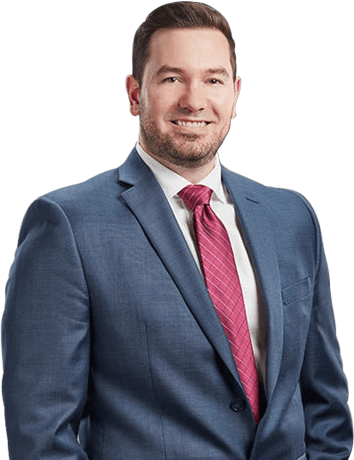Is a Drunk Driver Always at Fault?

Very few things in life are always true or never true. Generally, a drunk driver is clearly at fault for an accident. However, California is a comparative fault state. Therefore, an insurance company lawyer could shift some, most, or all of the blame for a drunk driver accident onto the victim. More on that below. Regardless of who is at fault, drunk driver crashes usually cause serious injuries. These injuries usually include head injuries and other wounds which are permanent, at least to an extent.
Since insurance companies earn more than $1 trillion a year, they can easily afford to hire top-shelf lawyers who often charge more than $2,000 an hour. But the insurance company giant is vulnerable. David took out Goliath with five smooth stones because he had right on his side. Likewise, an Oceanside personal injury lawyer is on the side of right. Instead of defending a drunk driver, an Oceanside personal injury lawyer stands up for the legal and financial rights of accident victims and survivors.
Establishing Liability
Alcohol and/or drug use is a factor in almost half of all fatal car crashes in SoCal. These wrecks usually involve the ordinary negligence doctrine or the negligence per se rule.
Basically, ordinary negligence is a lack of ordinary care. Most noncommercial drivers have a duty of reasonable care. When they get behind the wheel, they must be sober, well-rested, and otherwise at their best. Being under the influence of alcohol or drugs breaches the duty of care. If a breach of duty substantially causes injury, damages are available.
Damages in an ordinary negligence action usually include compensation for economic losses, such as medical bills, and noneconomic losses, such as pain and suffering.
The same damages are available in negligence per se claims. Under this legal doctrine, tortfeasors (negligent drivers) are liable for damages as a matter of law if:
- They violate the DUI law or another safety law, and
- That violation substantially causes injury.
There’s a difference between a substantial cause and a contributing cause. Bad weather might contribute to alcohol-related wrecks, but driver impairment substantially causes them.
The Comparative Fault Defense
The line between a substantial and a contributing cause is often very thin. That’s the foundation of the comparative fault defense.
If Sam was drunk and Tina was speeding at the time of the crash, jurors must decide, based on the evidence presented, which driver substantially caused the wreck. Usually, they divide fault on a percentage basis (60-40, 80-20, etc.) to make this determination.
In many states, comparative fault could be a complete liability defense. But that’s not true in the Golden State. California is a pure comparative fault state. Even if the victim substantially caused the wreck, even to the tune of 99 percent responsibility, the tortfeasor is still liable for a proportionate share of compensation.
The insurance company has the burden of proof and the burden of persuasion. An insurance company lawyer must establish the legal elements of this defense and convince jurors to apply it.
Connect With a Detail-Oriented San Diego County Lawyer
Injury victims are entitled to substantial compensation. For a confidential consultation with an experienced personal injury lawyer in Oceanside, contact the Pursley Law Firm. We routinely handle matters throughout the Golden State.
Source:
leginfo.legislature.ca.gov/faces/codes_displaySection.xhtml?sectionNum=1714.&lawCode=CIV

